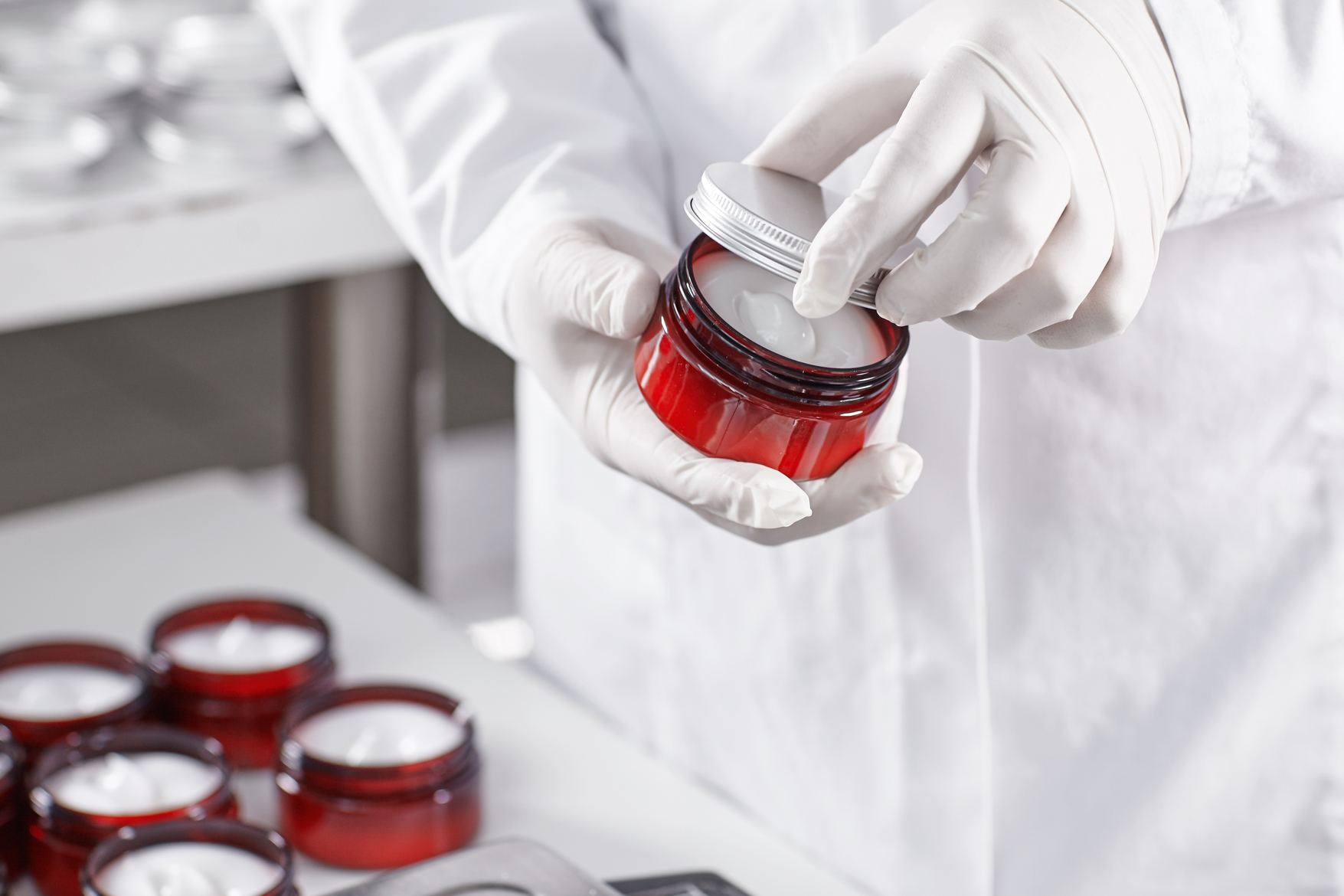New EU Rules on Triclocarban and Triclosan in Cosmetics
The European Union is stepping up its safety measures for cosmetics. From 31 December 2024, new rules under Regulation (EU) 2024/996 will limit how much Triclocarban and Triclosan can be used in cosmetic products. Any existing products on store shelves must meet these rules by 31 October 2025.
What’s Changing?
Triclocarban
- New Limit: Cannot exceed 0.2% (except in mouthwash products).
- Warning Label: Toothpaste containing Triclocarban must say: “Not to be used for children under 6 years of age.”
- Purity Standards: Must contain no more than 1 ppm of Tetrachloroazobenzene and Tetrachloroazoxybenzene.
Triclos
an
- New Limit: Cannot exceed 0.3% in toothpaste, soaps, deodorants, and nail cleaning products.
- Warning Label: Toothpaste containing Triclosan must say: “Not to be used for children under 3 years of age.”
These changes aim to make cosmetics safer and limit long-term exposure to these preservatives.
Read more : UK Implements Ban on 64 Harmful Substances and Limits Kojic Acid in Cosmetics
Climbazole Identified as an Environmental Endocrine Disruptor
On 4 December 2024, the European Chemicals Agency (ECHA) confirmed that Climbazole (used in anti-dandruff shampoos and other cosmetics) has been classified as an environmental endocrine disruptor. This means it can interfere with hormone systems in nature and harm aquatic life.
Key Findings on Climbazole
- Harmful to the Environment: Classified as ED ENV 1 (environmental endocrine disruptor).
- Toxic Effects:
- Very toxic to aquatic life (H400).
- Long-lasting environmental damage (H410).
- Harmful if swallowed (H302).
- Cosmetic Use: While Climbazole remains widely used in cosmetics, no immediate bans or restrictions have been imposed—yet.
Belgium, which conducted the study, found no strong evidence linking Climbazole to skin sensitization or reproductive harm but recommended further research into potential genetic risks. Future regulatory updates under the CLP (Classification, Labelling, and Packaging) Regulation are expected. Additionally, any new findings could influence FDA cosmetic regulations, potentially impacting product formulations and compliance requirements.
Read more : A Comprehensive Look at Post-Market Surveillance for Cosmetics in Europe and the USA
What This Means for the Cosmetics Industry
These new rules highlight the EU’s continued focus on consumer safety and environmental protection. Cosmetic brands will need to adjust their formulations to stay compliant and ensure their products remain on the market.




